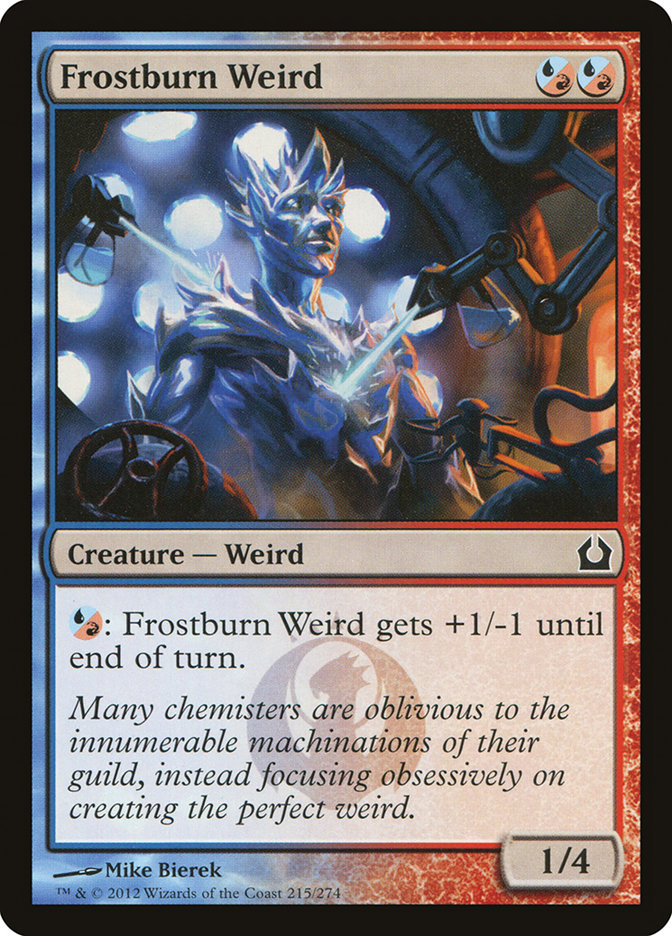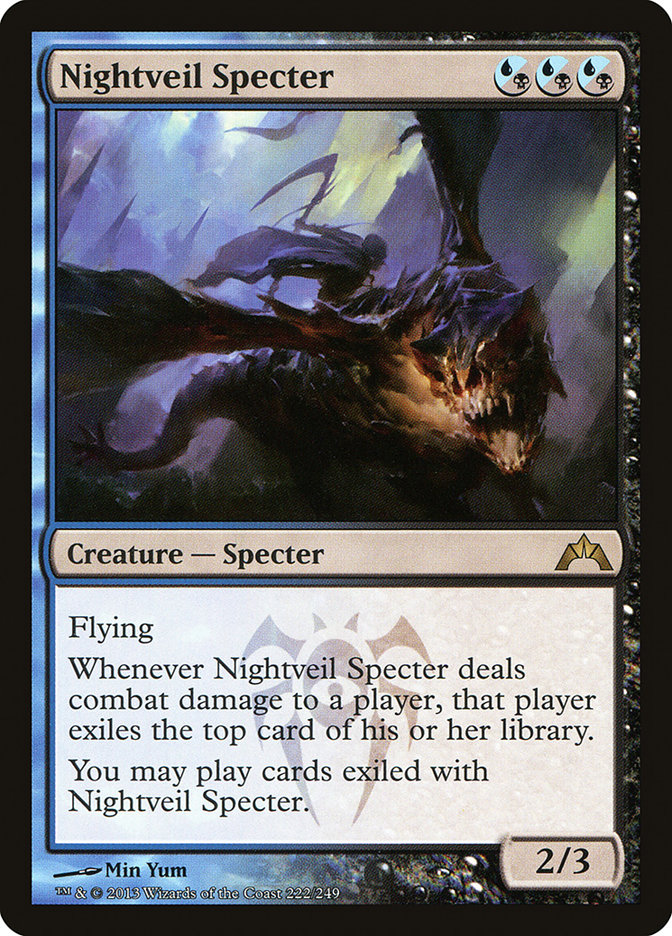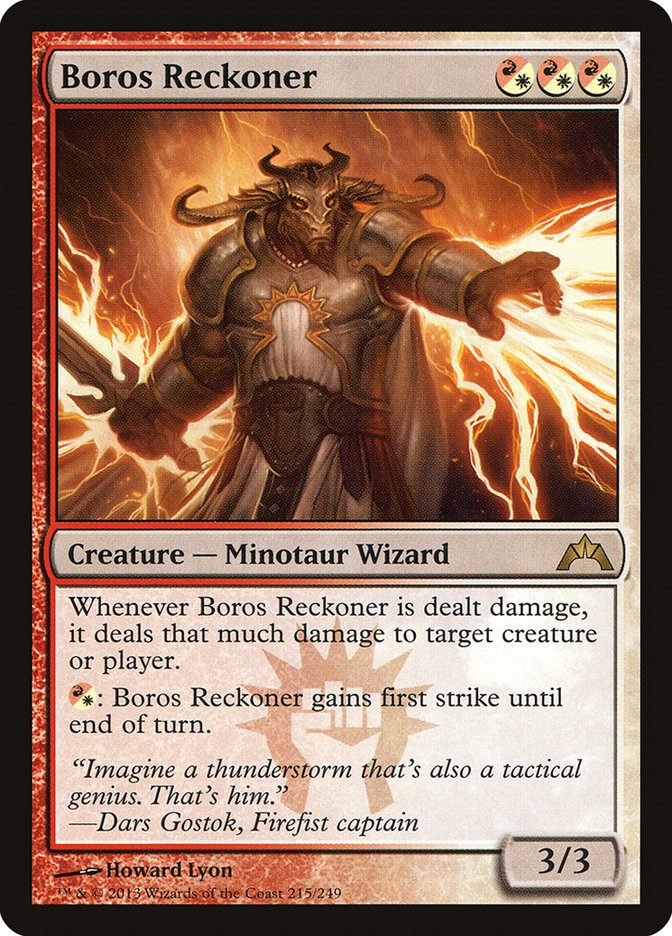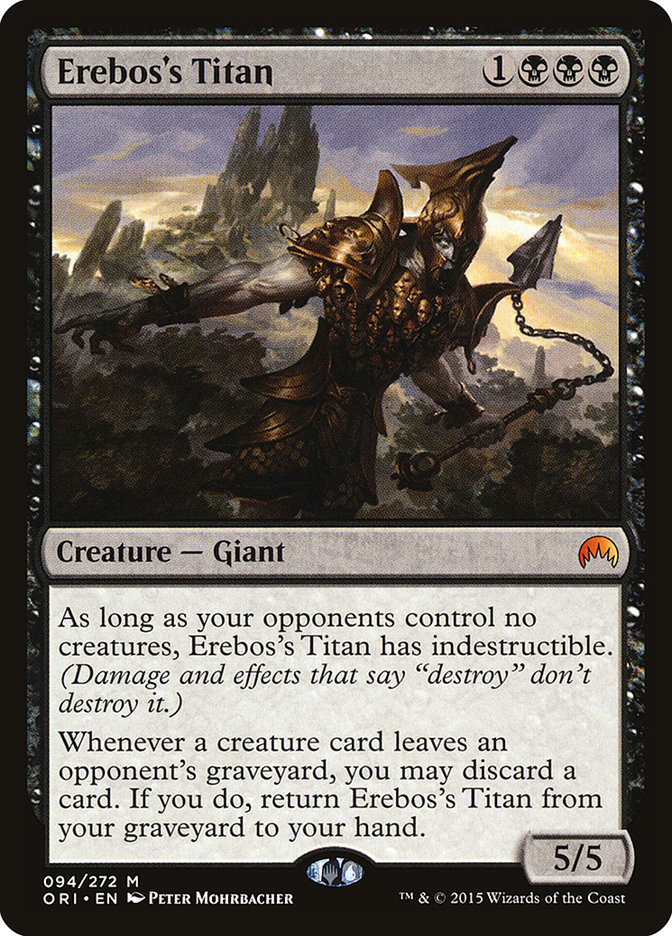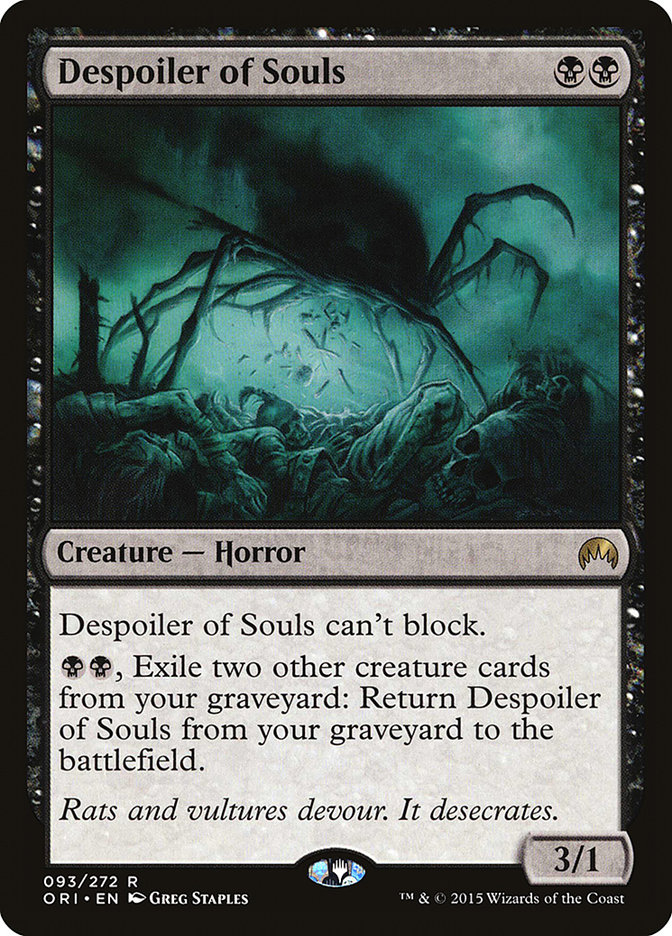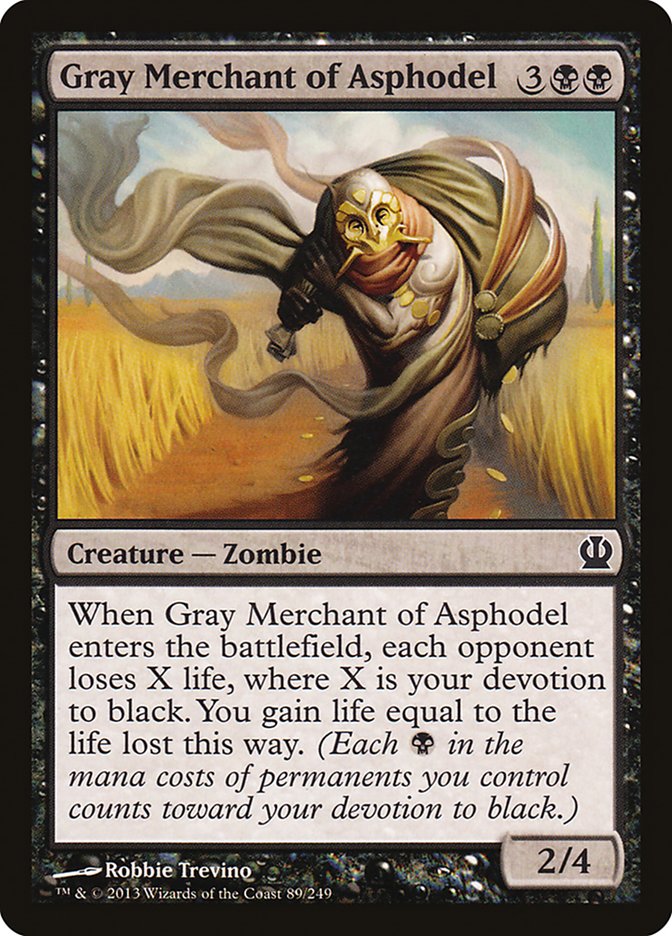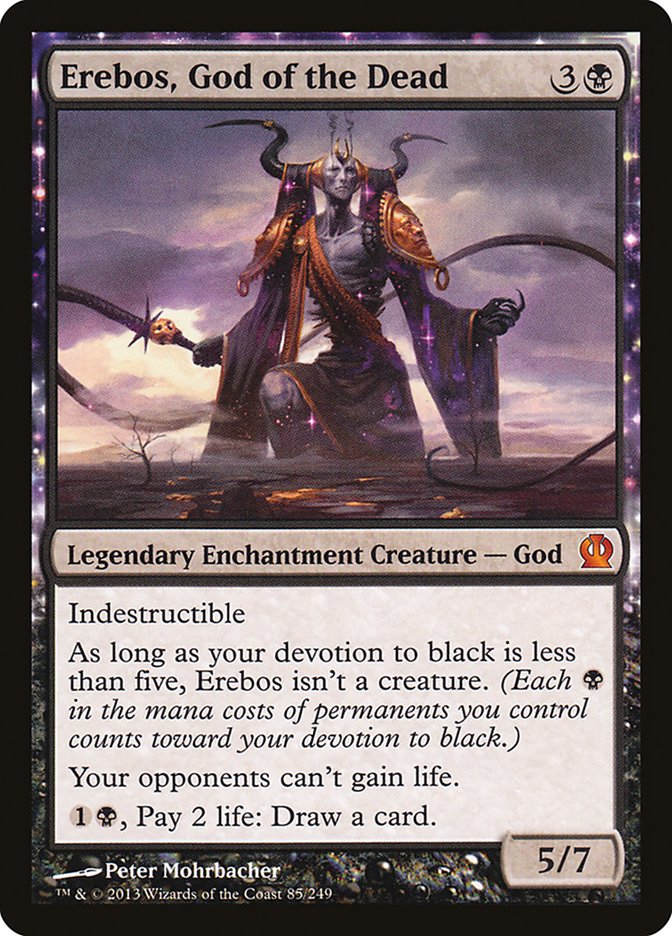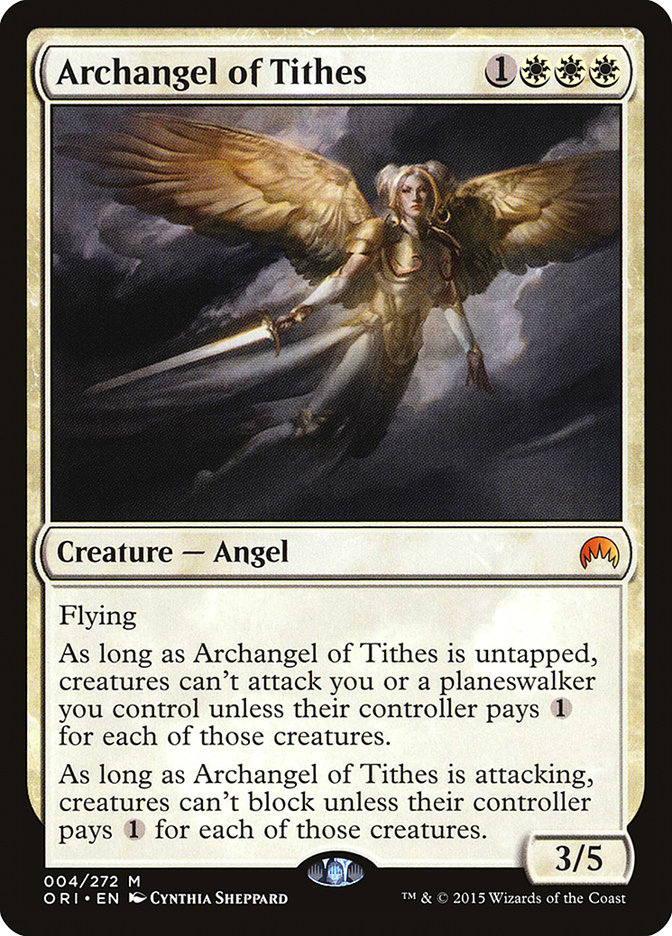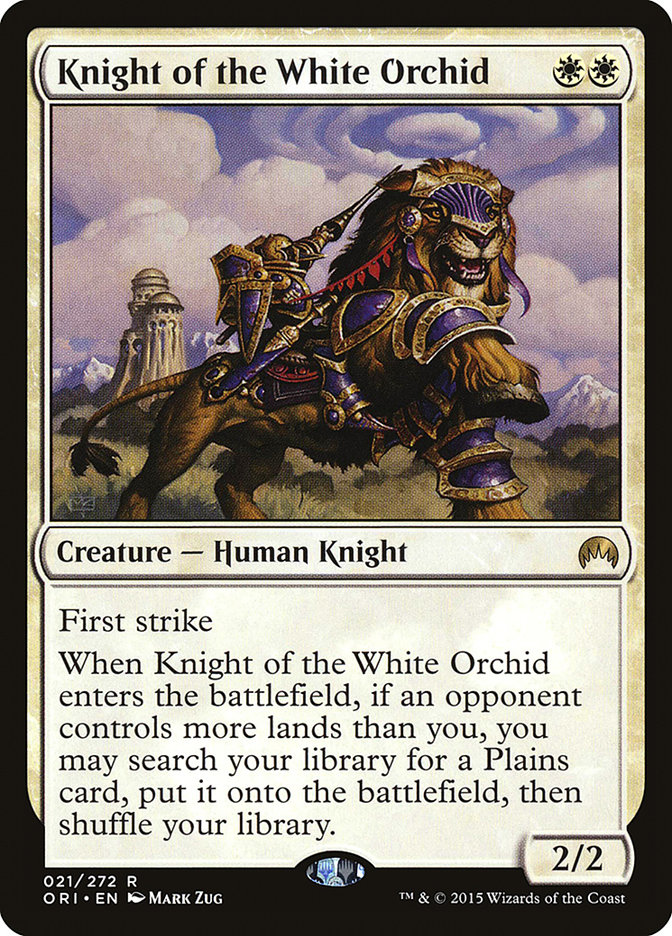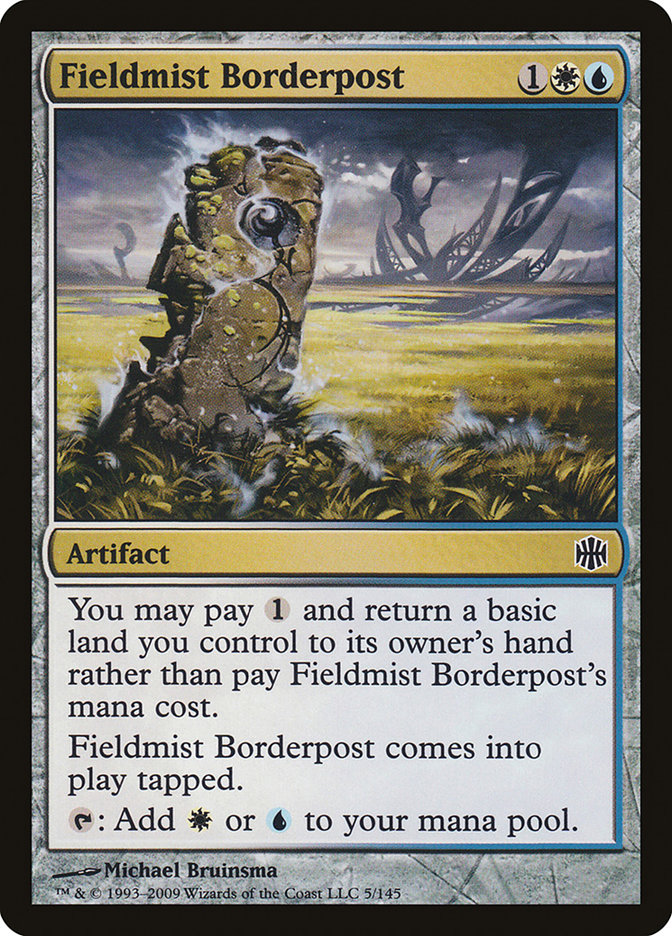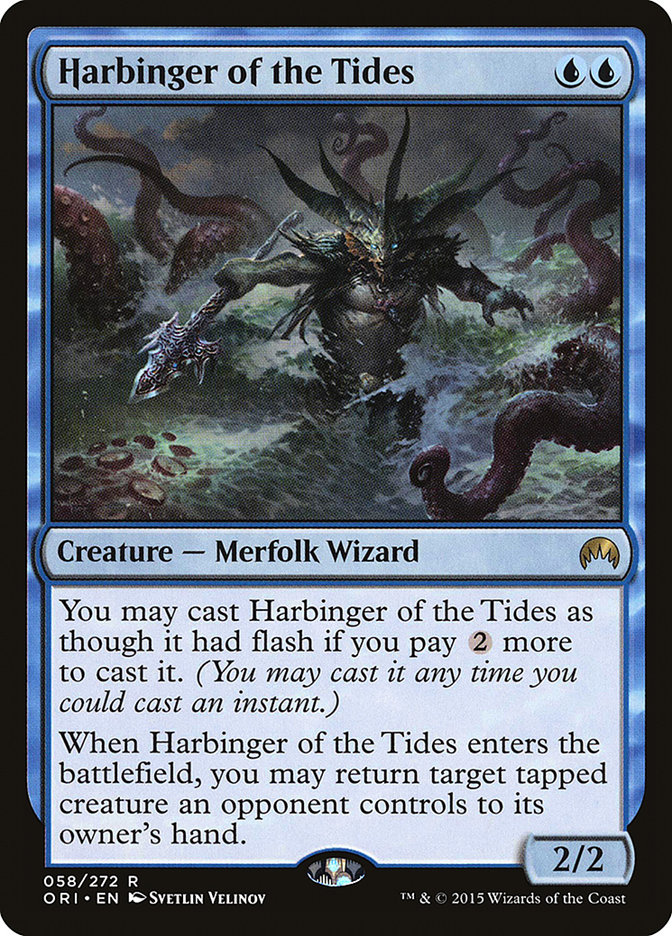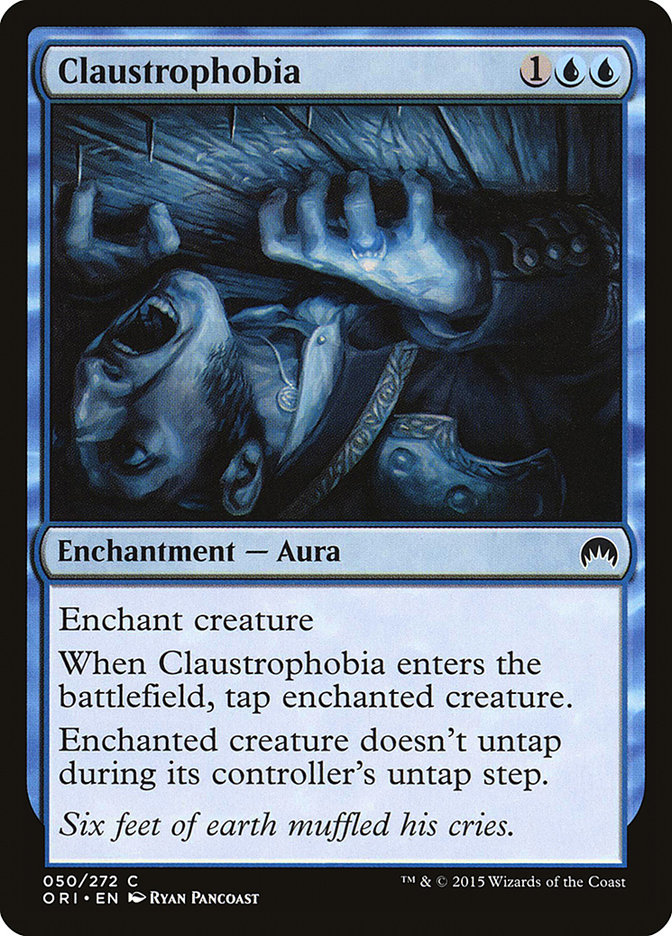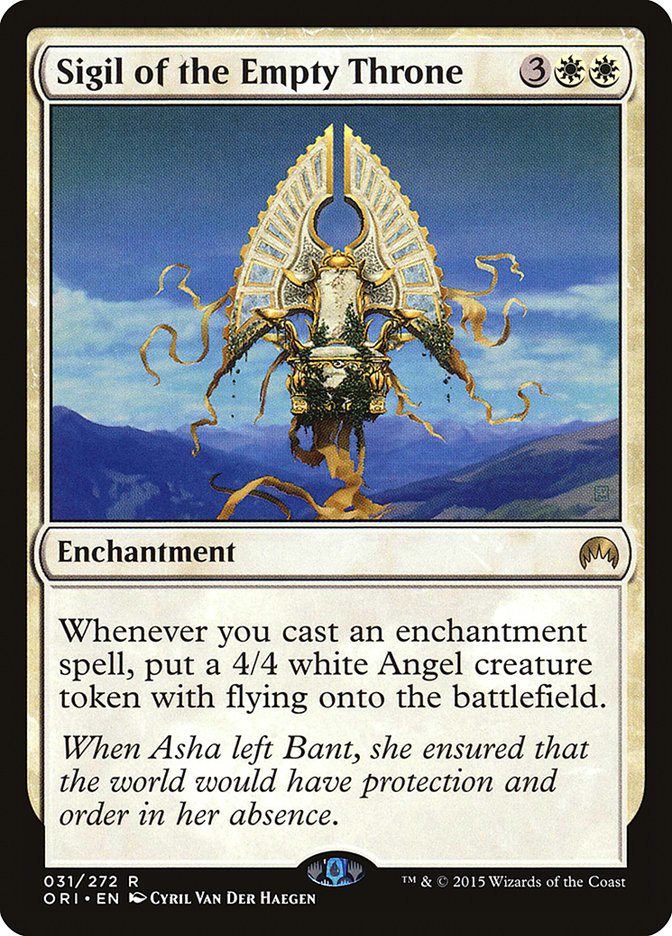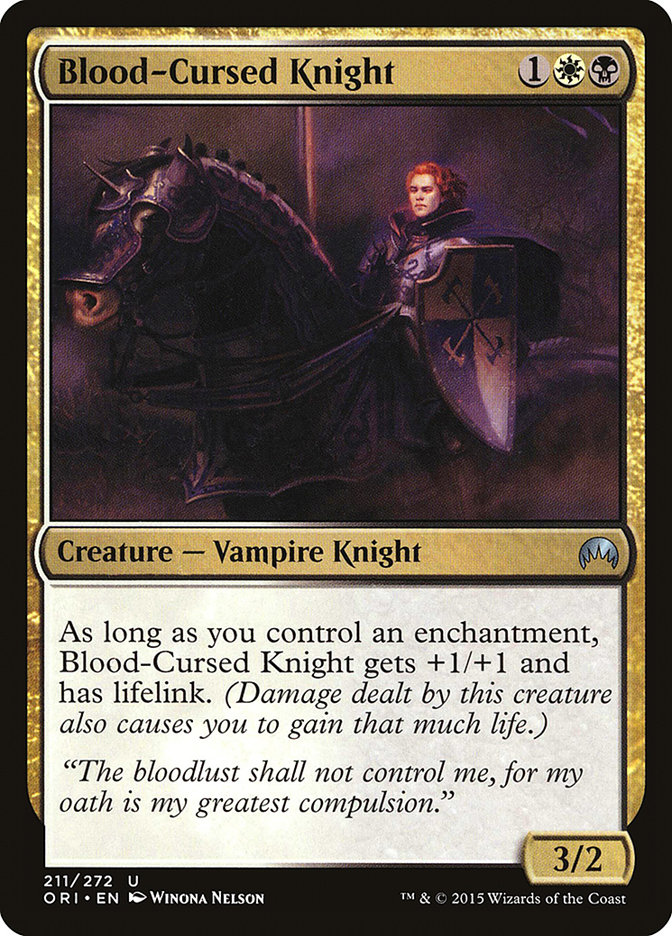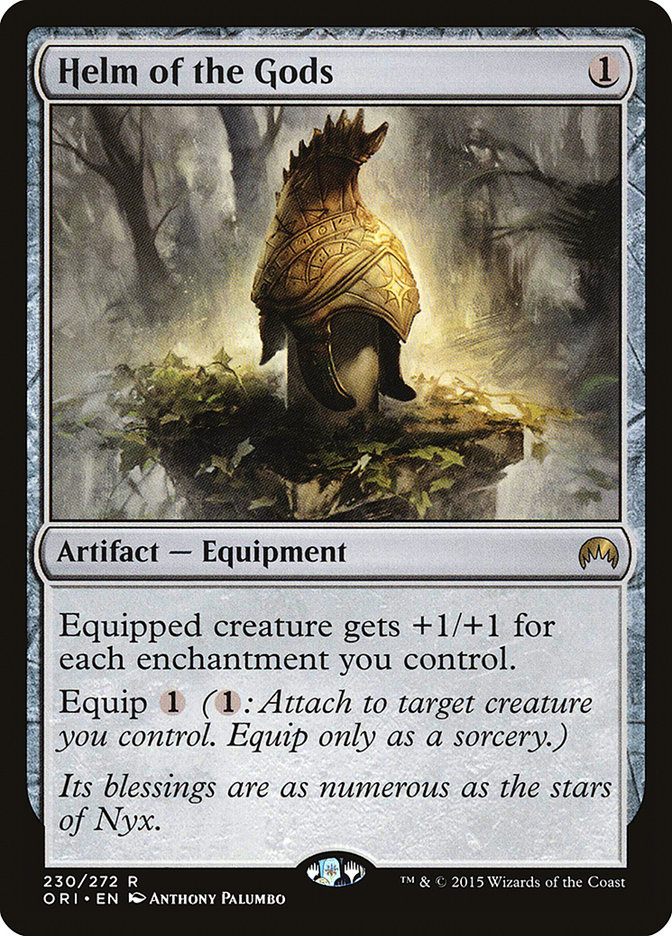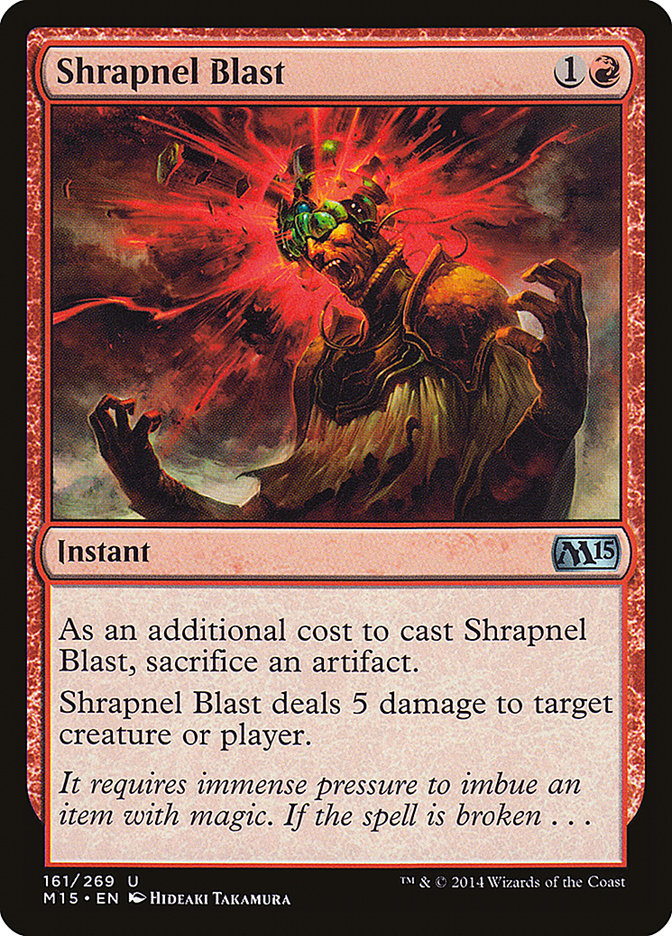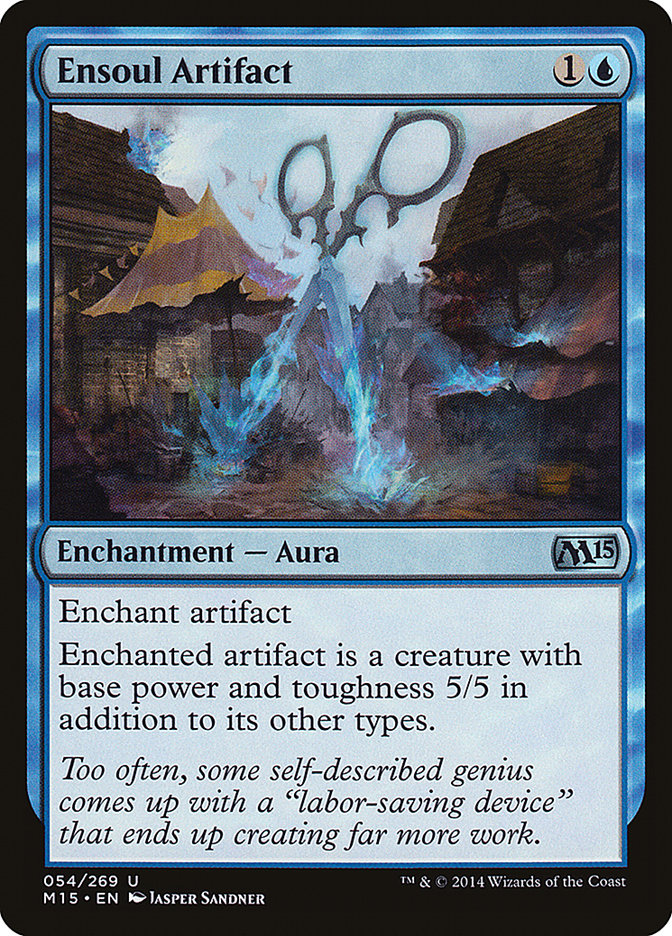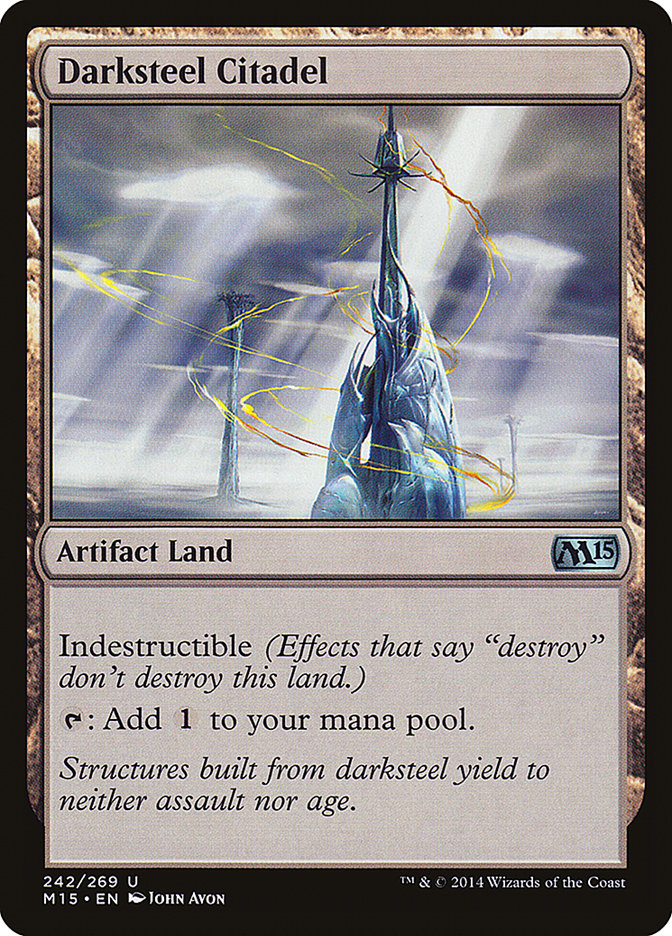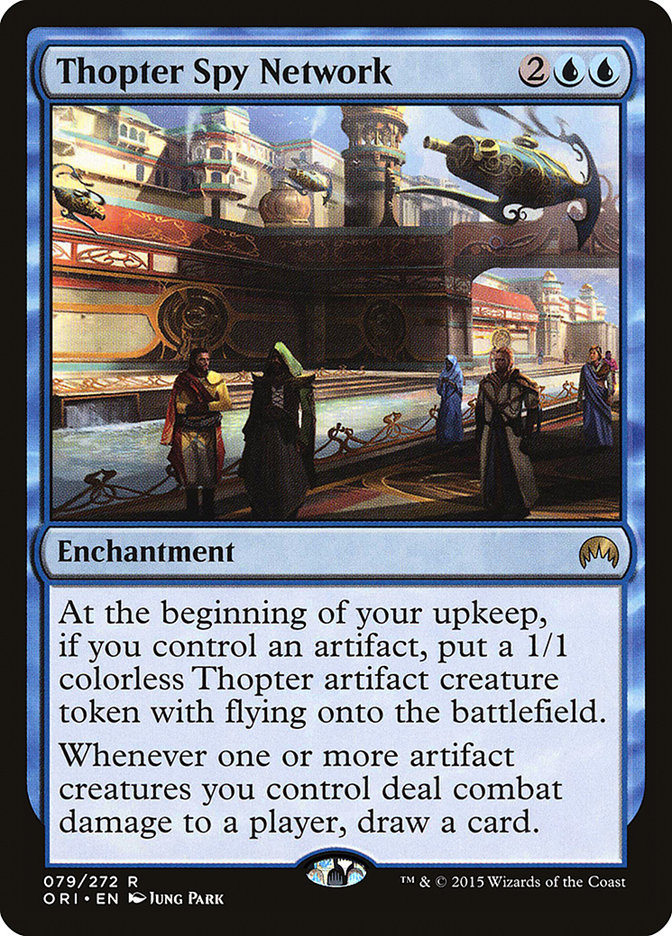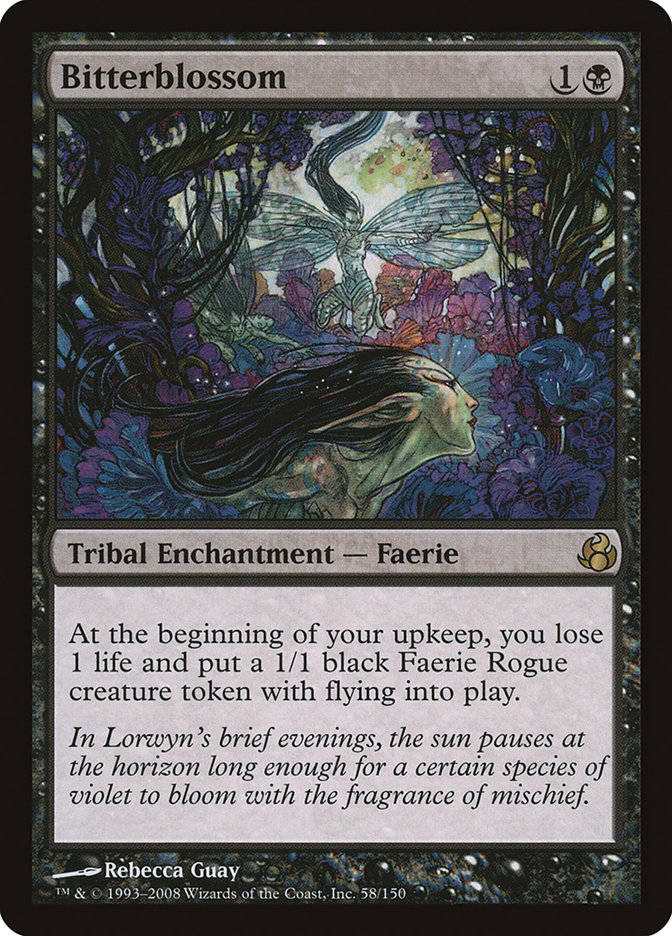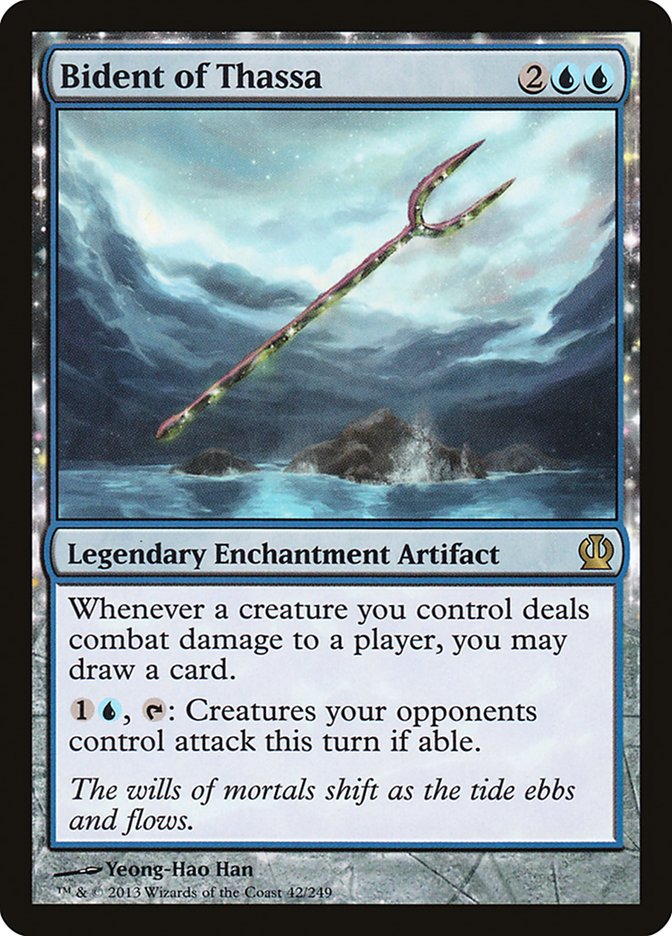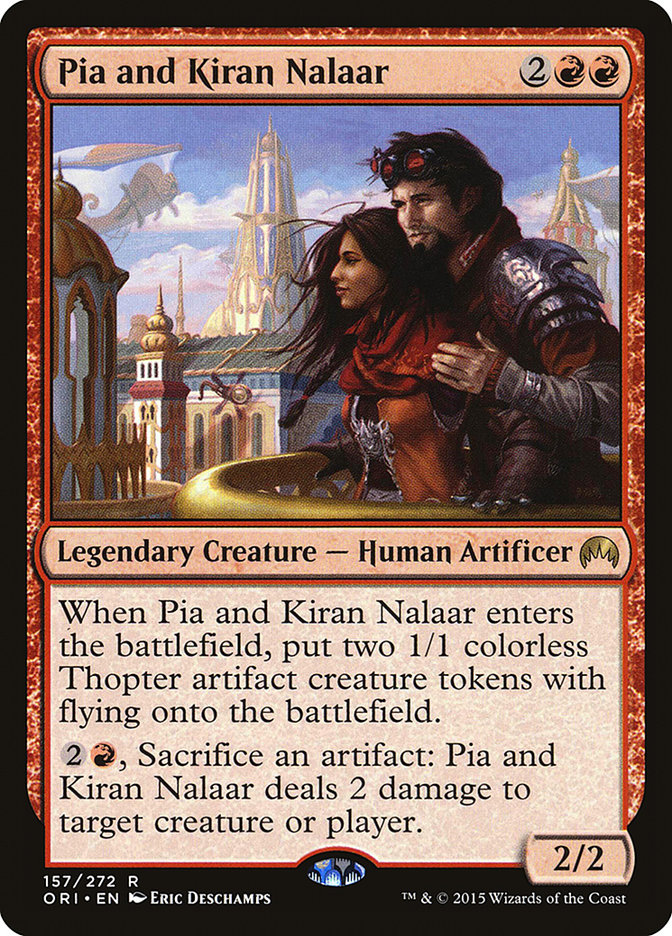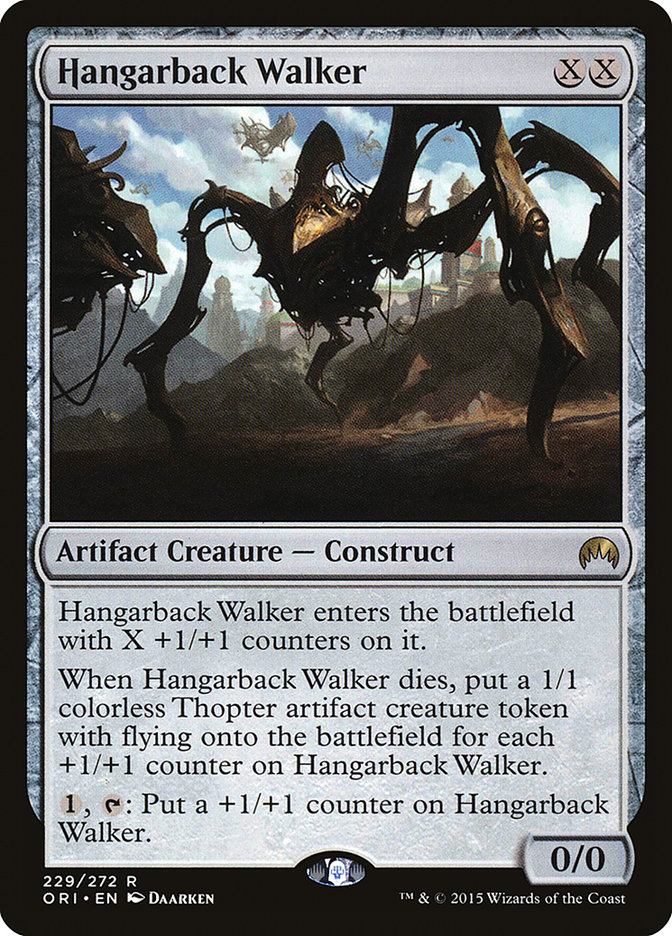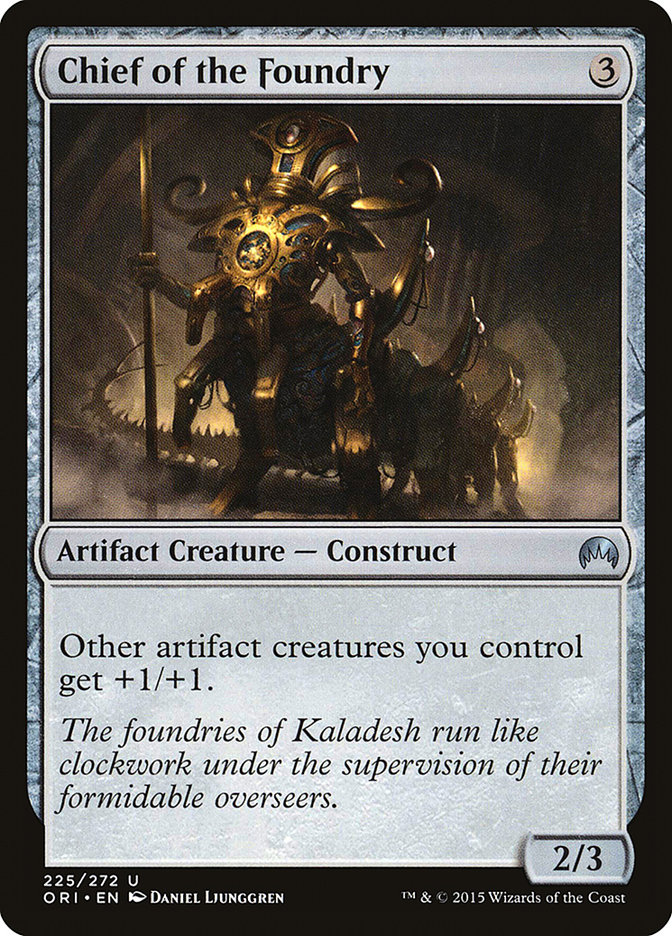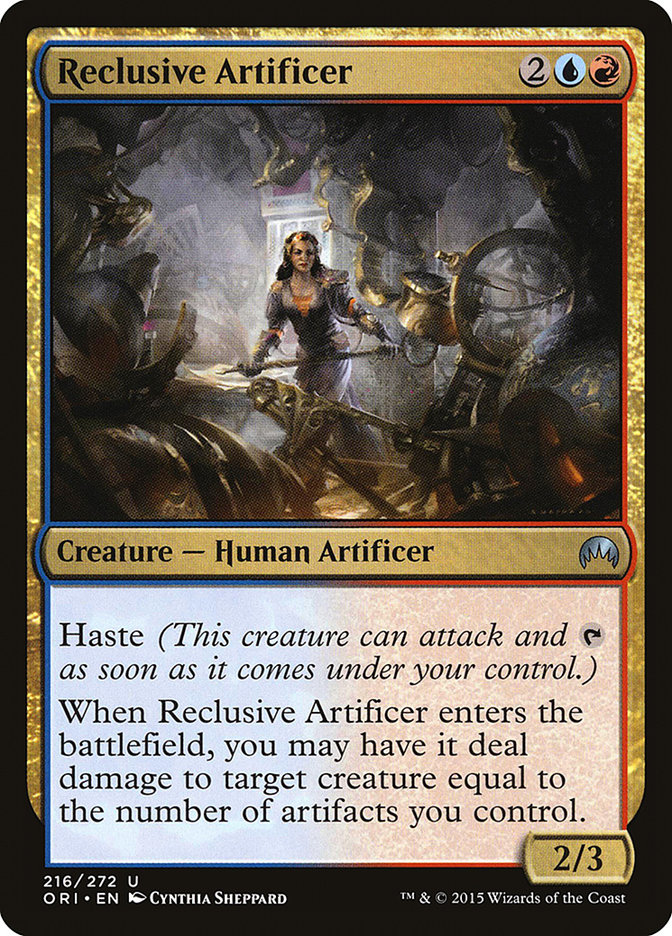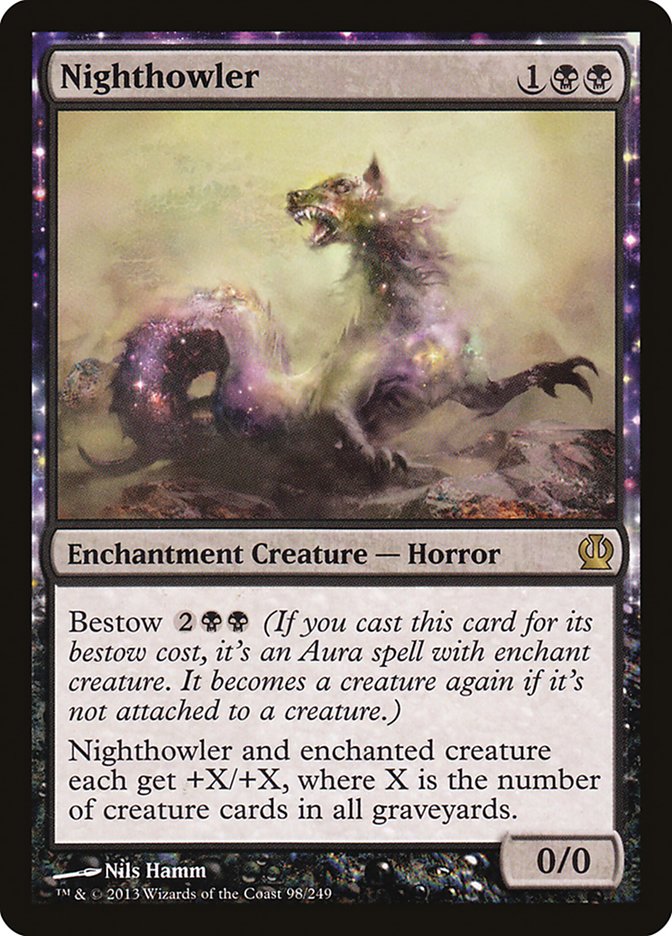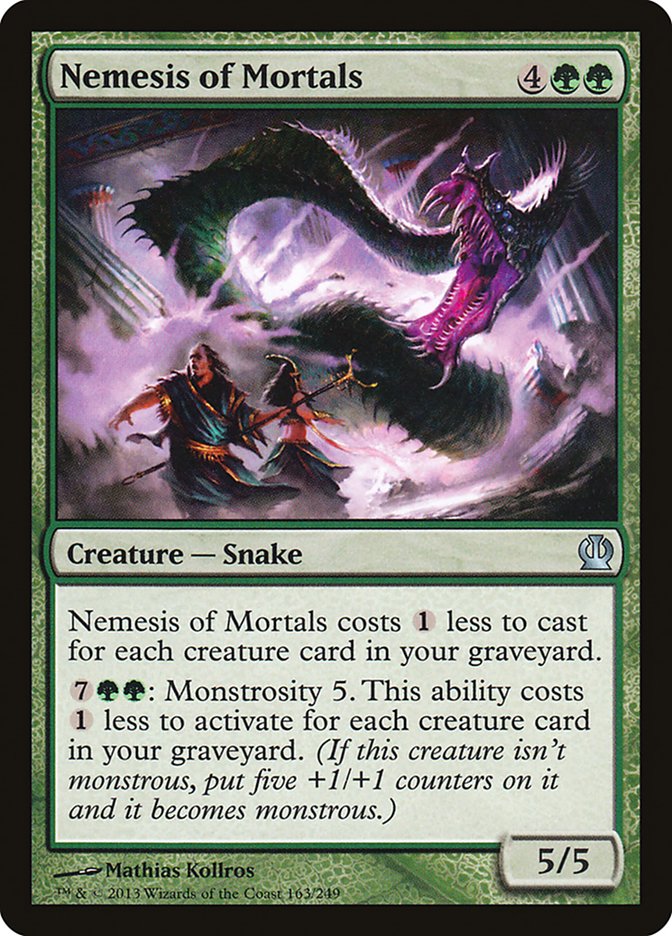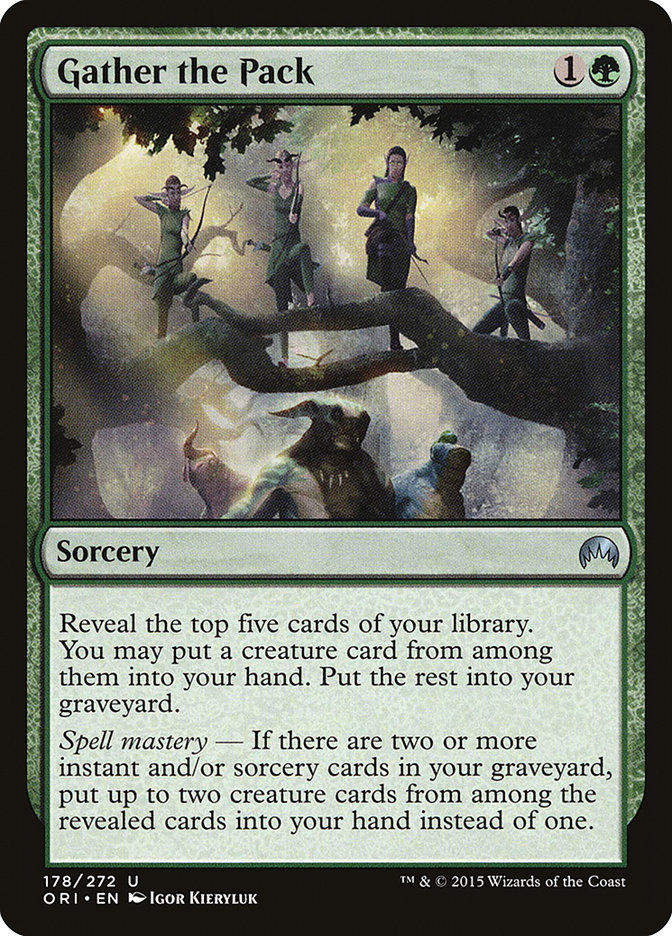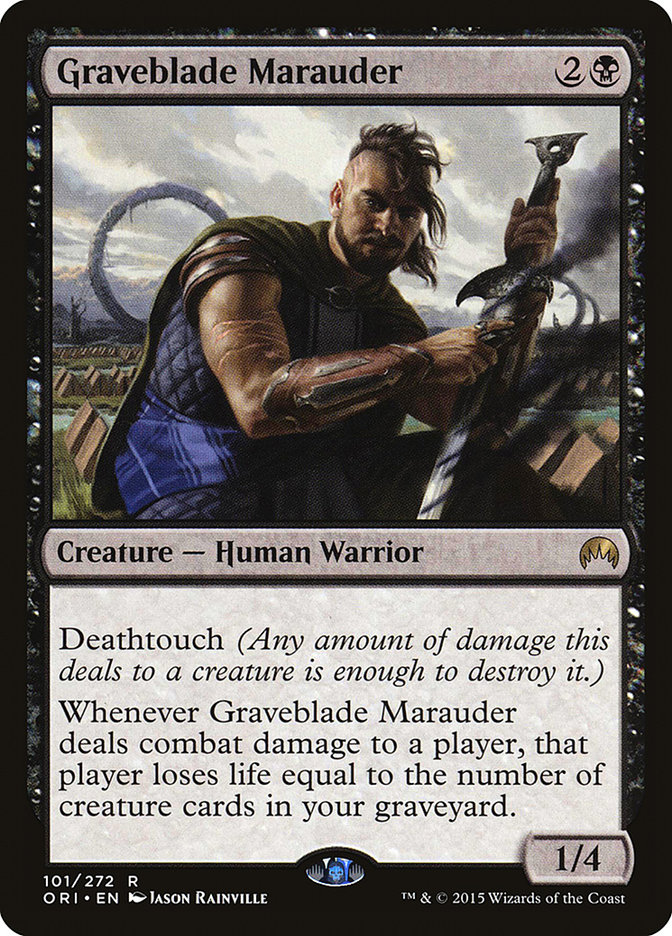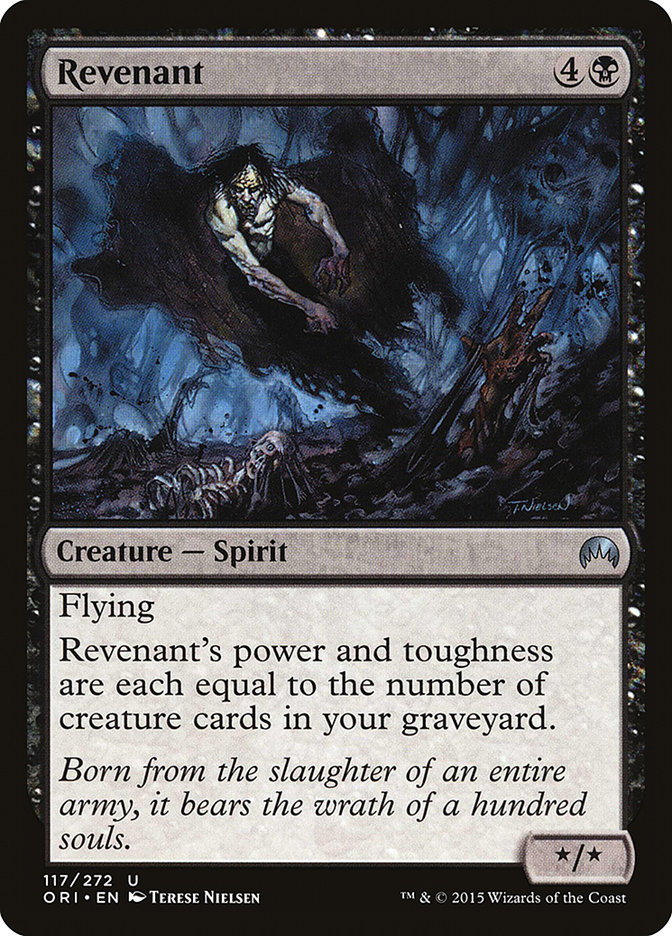Anyone who knows me knows I’m not a big hype guy. I’m not the kind of person to get super excited about things, and I usually approach things from a logical and objective perspective; it’s quite rare to see me claim the sky is falling or the next Jace, the Mind Sculptor is here.
So when I say Magic Origins is one of the most interesting Magic sets ever released, please understand that I don’t do so lightly.
There is just so much going on in this set! After the wild success of both Modern Masters sets and Vintage Masters on Magic Online, it looks like WotC has decided to take the things they learned from the very thematic approach taken in those sets to their regular releases. There are so many themes and plants in Magic Origins it’s almost hard to know where to start.
One of the very clear and interesting things about Magic Origins is how much work it puts in to revitalize some of the under-performing themes from Theros Block and Magic 2015. Many of these themes had fallen by the wayside as Khans of Tarkir moved in, and Magic Origins gives many of the old favorites a chance to shine again.
Devotion
One of the most obvious pushes in Magic Origins is how many great cards there are that support the Devotion mechanic. Since the introduction of Khans of Tarkir Block, most Devotion strategies have fallen by the wayside. A lot of this was due to many great Devotion enablers like Frostburn Weird and Nightveil Specter leaving with Return to Ravnica Block. Without very solid creatures that just happen to have many colored mana symbols in their mana costs, the Devotion payoffs just weren’t worth the difficulties.
Magic Origins has Devotion enablers in spades.
Black is up first, and Erebos’s Titan is a house. A four-mana vanilla 5/5 with three black symbols in its cost is already approaching playablity, and with Erebos’s Titan you get so much more. The more controlling your opponent’s deck is, the more likely Erebos’s Titan’s first clause is going to turn on, and those are the decks that tend to be packing the most removal spells in them. Erebos’s Titan also survives Languish and naturally dodges a large amount of commonly-played removal. He can even occasionally come back from the dead if your opponent is messing around with Whip of Erebos or Delve effects.

And of course, sometimes there’s just no substitute for being big.
Despoiler of Souls is a bit narrower, as it is from the same Bloodsoaked Champion school of ‘awesome recursive aggro creatures.’ Despoiler of Souls hits hard, however, and it’s not hard to bring back at all over the course of a game. Like Erebos’s Titan, its seeming downside of being hard to cast is actually quite the boon for a Devotion deck.
Either of these plays fantastic with Gray Merchant of Asphodel, which is one of the best payoffs for Devotion in any color. Turning on Erebos, God of the Dead isn’t bad either, but it’s certainly a bad time for the Gods lately with Dromoka’s Command floating around.
Following the same vein of Erebos’s Titan is Archangel of Tithes. A huge and undercosted flyer with a big effect on the game is quite the bargain for four mana, and once again the seeming disadvantage of having three white mana symbols in the cost is actually a boon for Devotion decks. Archangel of Tithes is clearly a very powerful card… what is not clear is where it is going to end up. Four mana is an awkward spot on the curve, as it is often the very top of an aggro curve but not impactful enough for a control finisher.
I’ve never been a big fan of Knight of the White Orchid. It was fine the first time around, but I think people forget what made it a very reasonable card:
Knight of the White Orchid saw some play in the U/W Reveillark decks of Lorywn/Shards Standard, as well as in the awkwardly named ‘Boat Brew’ R/W midrange deck, but a lot of what made it a reasonable card was its synergy with Fieldmist Borderpost. Without this non-land land effect, Knight of the White Orchid is only really going to be online when you are on the draw which makes it an extremely awkward card.
If you can trigger it, Knight of the White Orchid is amazing. If you can’t, it’s an average Limited card. I don’t like that kind of volatility in cards I put in my deck.
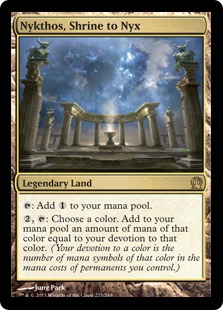
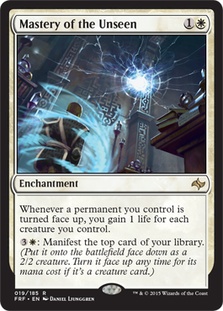
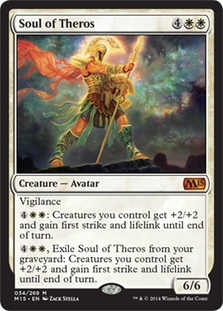
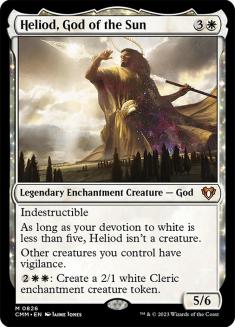
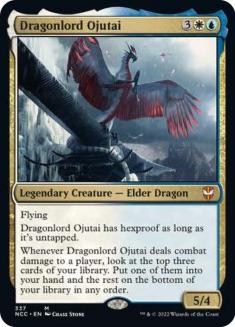
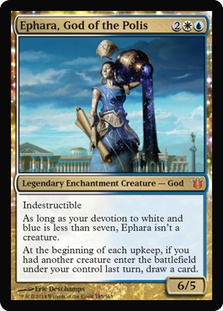
The big selling point for both cards, however, is how much they can do for White Devotion, and if the payoff is there they both go from solid to amazing. The payoffs in white aren’t as good as some of the other colors, but running Nyxthos, Shrine to Nyx through Mastery of the Unseen or Soul of Theros is very reasonable.
I also really like the interaction between Heliod, God of the Sun and Dragonlord Ojutai, so perhaps a blue splash for Dragonlord Ojutai and Ephara, God of the Polis could be a thing as well. It’s very likely the Gods are just far too bad however.
Probably the most abstractly powerful card of all the Devotion enablers is Harbinger of the Tides. The weird stepchild of Venser, Shaper Savant and Man-O’-War, Harbinger of the Tides is a very powerful tempo tool and two-drop all rolled into one. It is a bit awkward as being a two-drop makes it seem aggressive yet it can’t remove untapped blockers, but the ability to flash it in on your opponent’s turn gives it the kind of versatility that is hard to ignore. Being able to come down on turn two or three and bounce your opponents tapped Elvish Mystic or Foundry Street Denizen is a big game, and considering that a UU two-drop is almost playable by itself with the Blue Devotion payoffs, Harbinger of the Tides is a mighty fine card.
Blue Devotion also gets Claustrophobia back, which was a sideboard card in the old Blue Devotion decks when it was legal. Claustrophobia is not amazing, but a removal spell that also adds two towards Devotion on the board is definitely deserving of consideration.
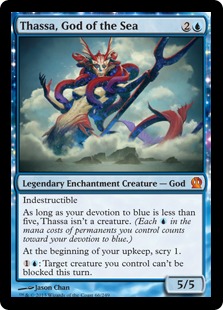
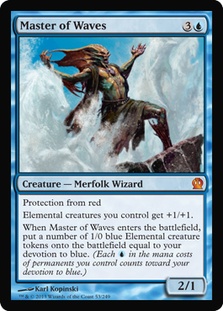
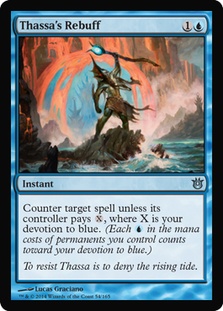
Blue has always had the best Devotion payoffs, and Thassa, God of the Sea and Master of Waves were the two reasons that Blue Devotion was playable in the past. Thassa has lost a lot of ground with Dromoka’s Command running around, but Master of Waves is as potent as it ever was. Thassa’s Rebuff was a card that never really caught on, but if the format stays somewhat midrange it could be a worthy consideration.
Enchantments Matter
Khans of Tarkir Block also saw a decline in the “enchantments matter” theme of Theros Block. While there were a few Constellation and enchantment-based decks before, there are virtually none now. Magic Origins gives those decks a shot in the arm as well.
The big one is the mythic Starfield of Nyx, which seems like it would slot right in to the G/B Constellation decks of old. Starfield of Nyx is a never-ending cascade of both card and mana advantage, and with so many enchantment creatures hanging around from Theros Block it seems like quite the engine to overcome. Bringing back Doomwake Giants, Eidolon of Blossoms, Banishing Lights and the like is quite powerful, and then once you control five or more enchantments you get to end the game very quickly.
This card seems rather awesome, but the only concern is once again Dromoka’s Command. Decks with access to Den Protector and Dromoka’s Command are very hostile to enchantments, and this duo has pushed very powerful cards like Chained to the Rocks and Outpost Siege completely out of the environment.
Sigil of the Empty Throne is a Legacy-playable win condition in that format’s Enchantress deck. While that deck is clearly much more powerful than anything we have available in Standard, that pedigree alone is enough to warrant attention. There is such a high density of enchantments in Standard right now that it’s not hard to put upwards of twenty into your deck, and you only have to cast a few after Sigil of the Empty Throne to end the game in short order.
Sigil of the Empty Throne looks like a casual rare, but we have also never had it in an environment this properly suited to making it shine. I would be very surprised if this card doesn’t see some play as a finisher in enchantment-based decks.
Blood-Cursed Knight is definitely cut from a different mold, as while Starfield of Nyx and Sigil of the Empty Throne are big, splashy effects for decks completely based around enchantments, Blood-Cursed Knight is more interested in beating down and only needs one enchantment to get going. Unfortunately Blood-Cursed Knight is still taken down by a Draconic Roar or Lightning Strike even when he is turned on, but a 4/3 lifelinker for only three mana is quite the deal. There are a number of good enchantment creatures in black and white, and it is very possible that Blood-Cursed Knight could be paired with some enchantment-based removal like Pacifism or Banishing Light to form some sort of B/W aggro enchantment deck.
If there is some sort of aggressive enchantment-based deck, you can be sure that Helm of the Gods will be right in the middle of it as a four-of. There’s no denying the power of very cheap and efficient equipment, and if Helm of the Gods can get you to +2/+2 or more it is going to be very good. The big problem, of course, is the “if.” It’s hard to know if there is a deck that can support this card.
Artifacts Matter
One of the biggest red herrings of Magic 2015 was the slight artifact theme. Cards like Shrapnel Blast and Darksteel Citadel led people to believe that one of the five Khans of Tarkir clans would, like Esper, have an artifact theme. That never came to fruition, and while people have tried a few takes on the artifact deck in Standard it has always been very clear that they were very short on good tools to work with.
Now, oddly enough, we will have a few months where Magic Origins and Magic 2015 exist side-by-side, and we will get to put those underappreciated M15 artifact-based cards to good use.
Thopter Spy Network is one of my favorite cards in Magic Origins.
It’s basically just Bitterblossom and Bident of Thassa stapled together, with no life loss downside and no legendary drawback. Yes, the card only works in a deck based around artifacts, but the payoff is so good the question is not “will it work?” but rather “how can we make this work?”
Thopter Spy Network is definitely a bit slow if you think of it as just a token producer, but being a source of constant card draw like Bident of Thassa is a very powerful effect to tap out for on turn four. There are plenty of cards that make 1/1 flying Thopters in Magic Origins, and no card other card makes better use of them than Thopter Spy Network.
This card is awesome, and an absolute sleeper. If there is a reasonable artifact deck in Standard, this card will be the cornerstone of it.
The other big, splashy artifact enabler card in Magic Origins is Mama and Papa Chandra, Pia and Kiran Nalaar. As an artifact twist on Siege-Gang Commander, the Nalaar family already boasts a respectable four power spread across three bodies, with two of them both having evasion and being artifacts for synergy purposes. That alone is rather solid, but the Nalaar family can also chuck artifacts at things which makes them a very solid late-game threat as well.
This card is definitely very solid in a vacuum, and even better in a more dedicated artifact or token deck.
Hangarback Walker is another really awesome card that is being overlooked at the moment. While a bit overcosted at each step on the chain, Hangarback Walker is an extremely versatile card that provides a solid threat that is difficult to deal with. If left alone it will continue to grow, and even if it’s killed you still get a lot of value out of it as the small army of fliers is quite potent. Hangarback Walker is not a format-warping card, but a very nice piece to a possible artifact deck.
Thopter Engineer looks somewhat unassuming, but don’t underestimate how good haste is – especially if you have an effect like Thopter Spy Network in play. The 1/3 body it leaves behind is very reasonable, and it allows your fliers to get in quick, your Hangarback Walkers to pump immediately, and more.
Chief of the Foundry and Reclusive Artificer are also both very reasonable if unexciting cards. A global pump effect and a Flametongue Kavu impression are both solid, and combined with Thopter Engineer we have a pretty good critical mass of artifacts-matter cards. With so many new tools for an artifact-based deck, it’s very possible there’s a good one in there somewhere.
Graveyard Matters
One deck that I was a huge fan of was the Nighthowler/Nemesis of Mortals graveyard-based deck that Max Tietze made a deep run with at an Invitational a while back. I had written about a few different takes on the deck, but Whip of Erebos decks ended up just being more prevalent.
Magic Origins however is here once again to give a shot in the arm to another forgotten archtype.
Gather the Pack is rather unassuming, as it is just another in a long line of Commune with the Gods / Grisly Salvage / Satyr Wayfinder graveyard-filling effects. While a density of these effects is definitely a good thing, Gather the Pack has one pretty huge advantage. If you have two or more instants or sorceries in the yard, it goes from being an Impulse to a mini Dig Through Time. That is a huge upside for a simple two-mana enabler spell. Much like Nissa, Vastwood Seer is awesome because she is a Borderland Ranger early and a great planeswalker late, Gather the Pack can either set you up on turn two or refill you on gas on turn twelve.
Part of the tension with cards like Nighthowler is how much Delve effects cut into your graveyard. Is it worth it to try and make Nighthowler work when we can just cast Tasigur, the Golden Fang? We need more reasons to actually keep cards in our graveyard to push the theme, and Graveblade Marauder is a pretty good one. Graveblade Marauder is extremely difficult to block effectively and can very easily deal 5+ damage a turn. He is also a fantastic blocker if you are on the defensive while you set up.
I know low power/high toughness creatures with a combat damage trigger are usually busts, but something about Graveblade Marauder stands out to me.
One of Nighthowler’s biggest issues is its lack of evasion, and the oft-forgotten Stronghold rare Revenant is here to save the day! Making Nighthowler an 8/8 or better wasn’t really that difficult, and 8/8 or bigger flyers tend to end the game very quickly.
Like many of the cards discussed today, Revenant is not a wrecking ball of obscene power-level, just a solid piece that could help revitalize a faltering archetype.
And So Much More
To think we’ve only looked at Magic Origins through the lens of forgotten archetypes just goes to show how deep the Magic Origins rabbit hole really goes. There are also new themes like Elves and Goblins, plus a bunch of amazing individually-powerful cards as well.
For the record, I want to state now that I think Abbot of Keral Keep, Gilt-Leaf Winnower, and Pyromancer’s Goggles are all sleepers, along with the previously-mentioned Thopter Spy Network.
I’m extremely excited to see how Standard shapes up in the next month!

